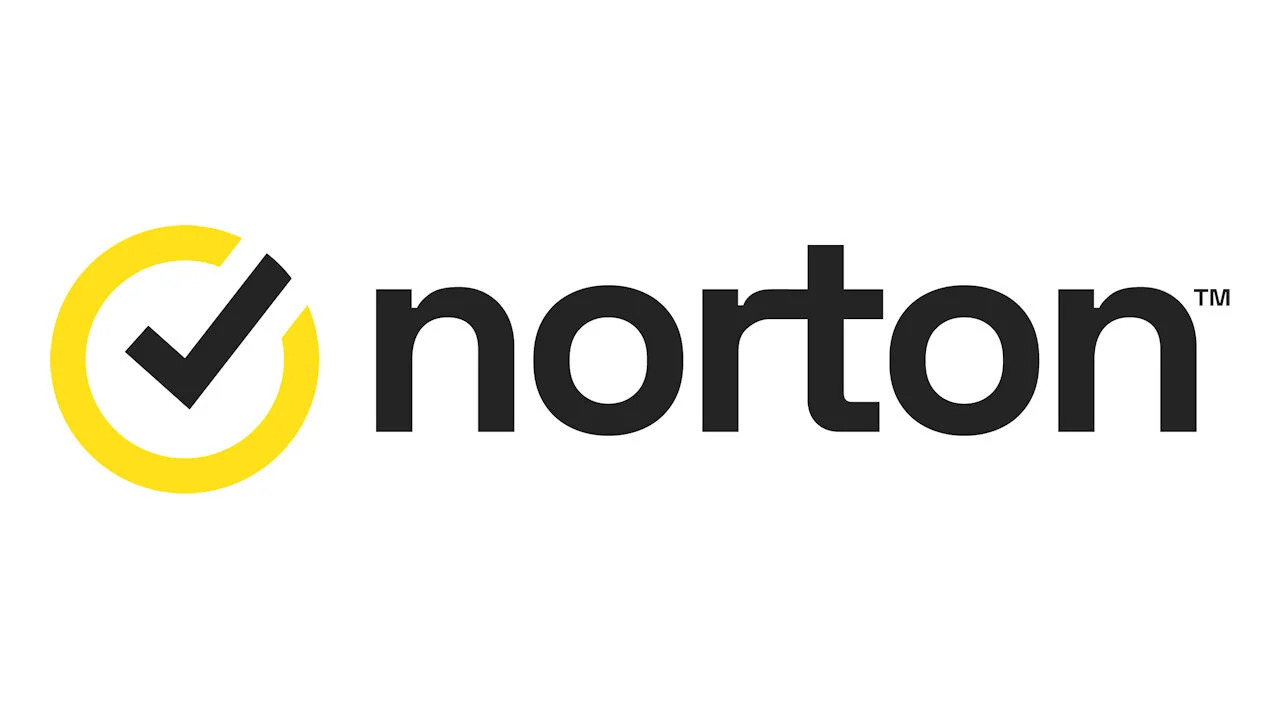Home>Software and Apps>In Which Type Of VPN Does The Client Web Browser Run An Active Control, Such As Java?


Software and Apps
In Which Type Of VPN Does The Client Web Browser Run An Active Control, Such As Java?
Modified: September 5, 2024
Discover the different types of VPNs and how they impact the client web browser's active controls, such as Java. Explore the intersection of software, apps, and secure network connections.
(Many of the links in this article redirect to a specific reviewed product. Your purchase of these products through affiliate links helps to generate commission for Techsplurge.com, at no extra cost. Learn more)
Overview of VPN Types
Virtual Private Networks (VPNs) are essential tools for securing and encrypting internet traffic, particularly when accessing sensitive information over public networks. Understanding the different types of VPNs and their characteristics helps in choosing the right solution.
Read more: Does VPN Bypass Parental Controls
SSL/TLS VPNs
SSL/TLS VPNs use Secure Sockets Layer (SSL) or Transport Layer Security (TLS) protocols to establish secure connections. These protocols are commonly used in web browsers for secure web browsing and are also employed in VPNs to encrypt data between the client and server.
PPTP VPNs
Point-to-Point Tunneling Protocol (PPTP) VPNs use a protocol developed by Microsoft to create a secure connection between two endpoints. PPTP is relatively simple to set up but has known security vulnerabilities, making it less secure than other protocols like SSL/TLS.
L2TP/IPSec VPNs
Layer 2 Tunneling Protocol (L2TP) in conjunction with Internet Protocol Security (IPSec) is another common type of VPN. L2TP/IPSec provides strong encryption and is often used in enterprise environments for its robust security features.
SSL Tunnel VPNs
An SSL tunnel VPN involves the client web browser running an active control, such as Java or Flash, to establish the connection. This type of VPN uses the SSL/TLS protocol but requires the client to run specific software or plugins to initiate and manage the tunnel.
Read more: How To Activate Avast VPN
SSL Tunnel VPNs
How SSL Tunnel VPNs Work
SSL tunnel VPNs are particularly interesting because they involve the client web browser running an active control. Here’s a detailed explanation of how they work:
- Client Software/Plugins: To establish an SSL tunnel VPN, the client needs to run specific software or plugins. These could be Java-based applications or Flash-based plugins that interact with the web browser to initiate the VPN connection.
- Encryption: Once the client software or plugin is installed and running, it establishes an SSL/TLS connection with the VPN server. This connection is encrypted, ensuring that all data transmitted between the client and server remains secure.
- Tunnel Creation: The client software or plugin then creates a tunnel through which all internet traffic is routed. This tunnel is encrypted, providing a secure pathway for data to travel between the client and server.
- Active Control: The key feature of an SSL tunnel VPN is that it requires an active control from the client web browser. This means that the browser must be running specific software or plugins to manage and maintain the VPN connection. This active control can be in the form of Java or Flash, which are executed by the browser to handle the VPN setup and management.
Advantages of SSL Tunnel VPNs
- Security: SSL tunnel VPNs offer robust security due to the use of SSL/TLS protocols. These protocols provide end-to-end encryption, ensuring that all data transmitted remains confidential.
- Flexibility: SSL tunnel VPNs can be configured to work with various types of applications and services, making them versatile for different use cases.
- Ease of Use: While requiring specific software or plugins might seem complex, many modern browsers have built-in support for these plugins, making the setup process relatively straightforward.
Disadvantages of SSL Tunnel VPNs
- Complexity: The requirement for specific software or plugins can add complexity to the setup process, especially for users who are not tech-savvy.
- Performance Impact: Running additional software or plugins can impact browser performance, potentially leading to slower load times and increased resource usage.
Read more: Exploring VPN Encryption Types
Comparison with Other VPN Types
PPTP VPNs
PPTP VPNs do not require any active control from the client web browser. Instead, they rely on the operating system's built-in support for PPTP connections. This makes PPTP VPNs simpler to set up but less secure compared to SSL/TLS-based VPNs.
L2TP/IPSec VPNs
L2TP/IPSec VPNs also do not require active control from the client web browser. They use the operating system's built-in support for L2TP/IPSec connections, which are more secure than PPTP but still do not involve the client web browser in managing the VPN connection.
Final Thoughts
SSL tunnel VPNs are a specific type of VPN that requires the client web browser to run an active control, such as Java or Flash, to establish and manage the VPN connection. This type of VPN offers robust security through the use of SSL/TLS protocols and is versatile in its application. However, it also comes with some complexities and potential performance impacts due to the need for specific software or plugins.
Understanding the different types of VPNs and their characteristics is crucial for choosing the right VPN solution based on specific needs and requirements. Whether robust security, ease of use, or flexibility in application support is needed, each type of VPN has its own strengths and weaknesses that should be carefully considered.














